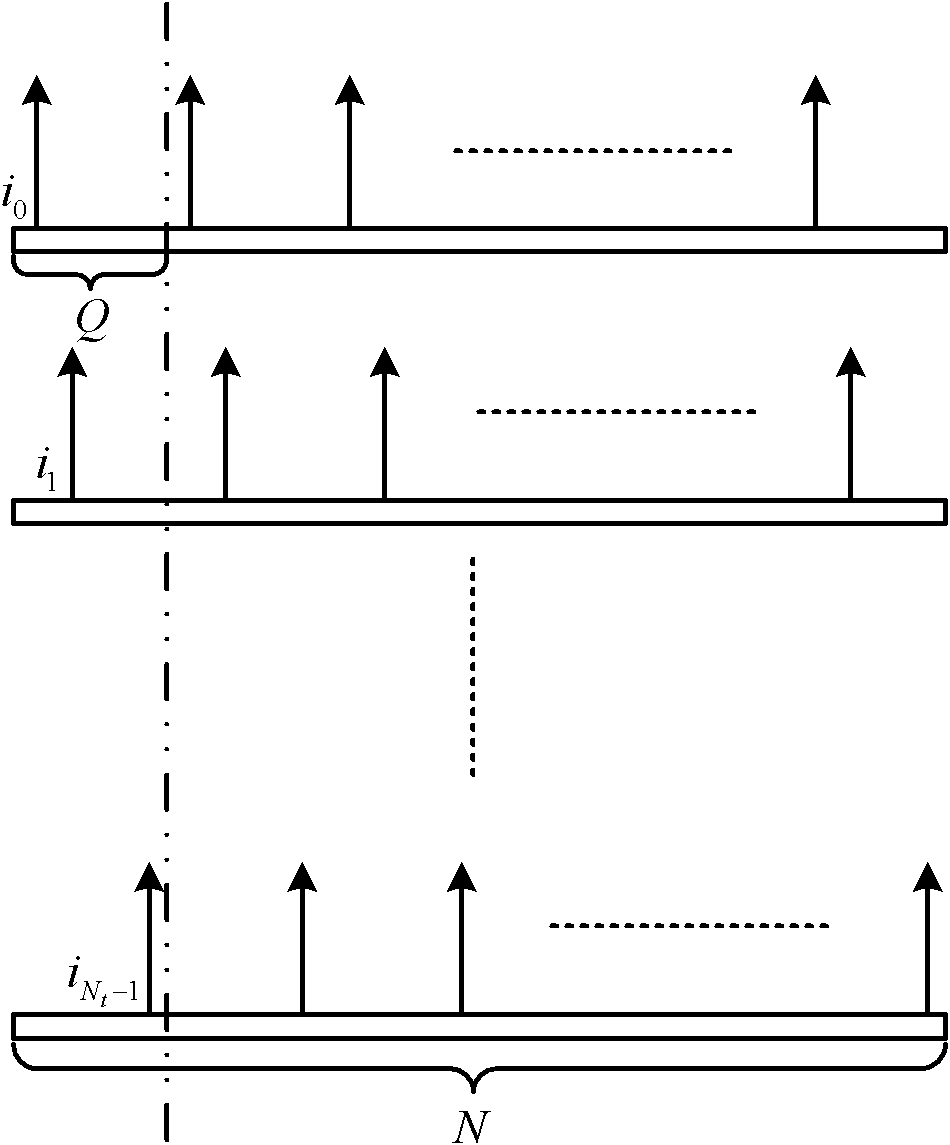Synchronization sequence construction method for multi-input multi-output orthogonal frequency division multiplexing (OFDM) system
An orthogonal frequency division and synchronization sequence technology, applied in multi-frequency code systems, diversity/multi-antenna systems, space transmit diversity, etc., can solve problems such as subcarrier interference, wireless signal frequency offset, and performance degradation of OFDM receivers
- Summary
- Abstract
- Description
- Claims
- Application Information
AI Technical Summary
Problems solved by technology
Method used
Image
Examples
Embodiment Construction
[0023] The present invention will be further described below in conjunction with the accompanying drawings.
[0024] The present invention is based on a multiple-input multiple-output Orthogonal Frequency-Division Multiplexing (OFDM, orthogonal frequency-division multiplexing) system, and is proposed for the problem of frequency offset existing in the system.
[0025] A method for constructing a synchronous sequence of a multiple-input multiple-output OFDM system, the method comprising the steps of:
[0026] 1) Construct a chu sequence s of length P, where PP = 0, (N) P Indicates that the modulo P operation is performed on N, and N is the length of the synchronization sequence;
[0027] 2) Perform a circular shift operation on the chu sequence s to obtain a shift sequence s (μM) ,in,· (·) is the cyclic shift operator, s (μM) Indicates the vector obtained by cyclically shifting the chu sequence s down by μM bits, M is the shift parameter, and μ represents the index of the t...
PUM
 Login to View More
Login to View More Abstract
Description
Claims
Application Information
 Login to View More
Login to View More - R&D
- Intellectual Property
- Life Sciences
- Materials
- Tech Scout
- Unparalleled Data Quality
- Higher Quality Content
- 60% Fewer Hallucinations
Browse by: Latest US Patents, China's latest patents, Technical Efficacy Thesaurus, Application Domain, Technology Topic, Popular Technical Reports.
© 2025 PatSnap. All rights reserved.Legal|Privacy policy|Modern Slavery Act Transparency Statement|Sitemap|About US| Contact US: help@patsnap.com



